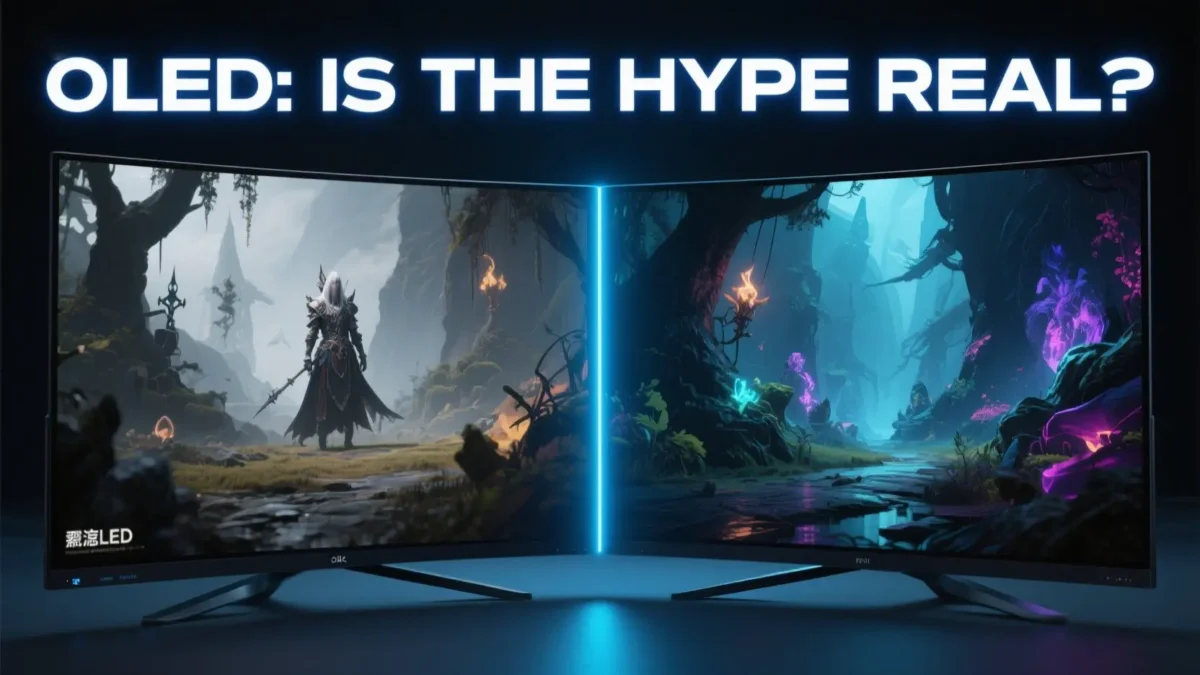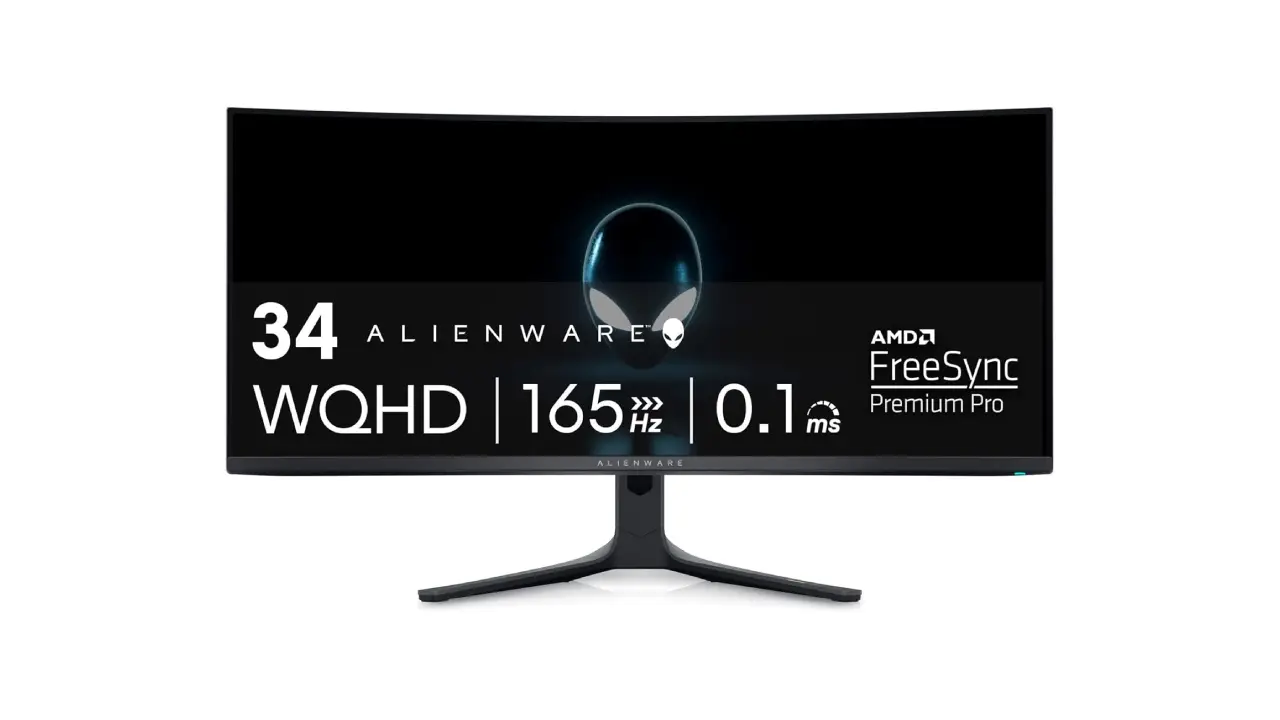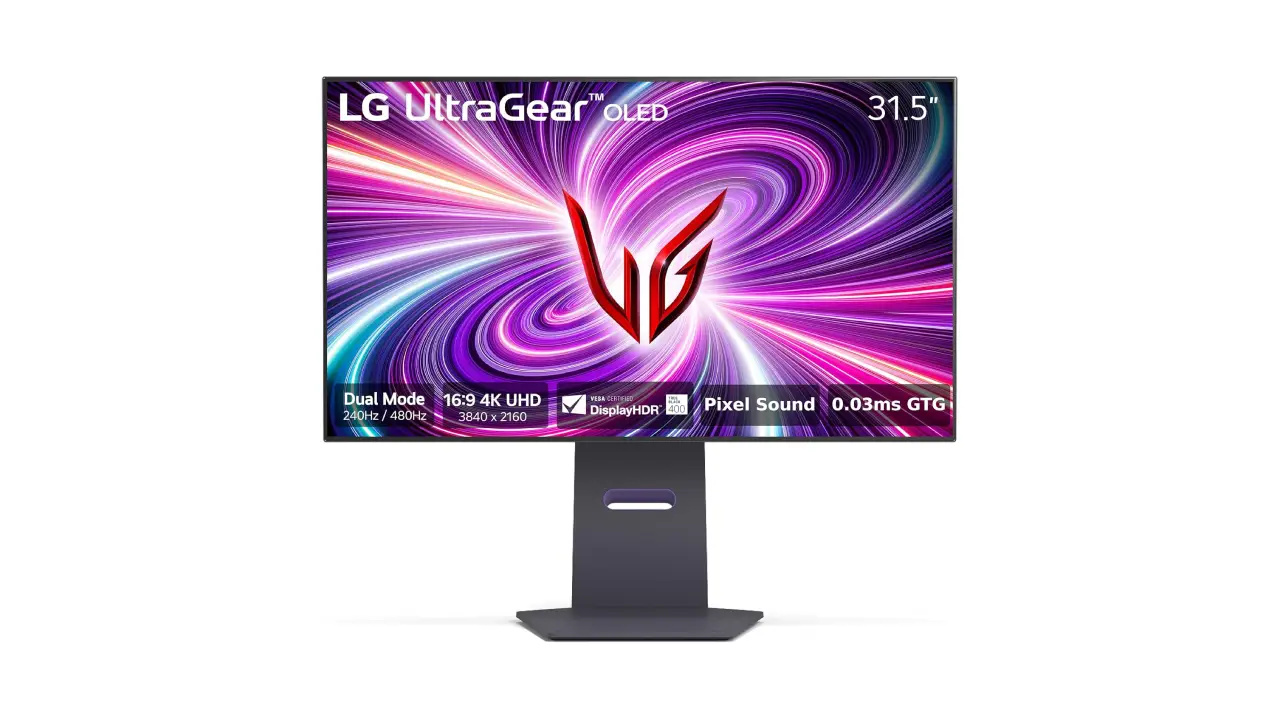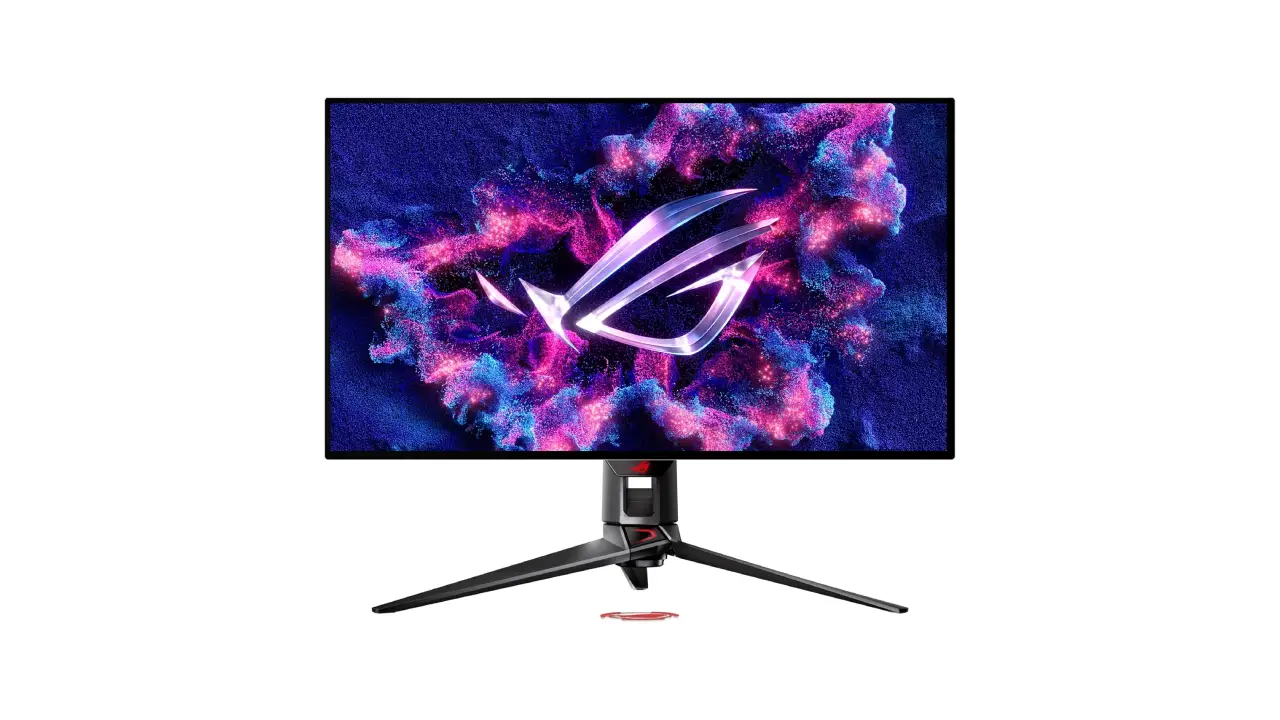OLED Gaming Monitor: Is It Worth the Hype (and Price) in 2025?

You’re lining up the perfect headshot in Valorant, the neon-drenched streets of Cyberpunk 2077 are calling your name, or you’re exploring the vast, dark caverns of a new RPG. In every scenario, one thing is constant: your monitor is your window into these worlds. For years, OLED technology has been the holy grail for TV enthusiasts, and now, it’s finally making a serious play for the gaming monitor market.
OLED promises a visual experience that other technologies can only dream of—perfectly deep blacks, vibrant colors that leap off the screen, and motion so smooth it feels telepathic. But with premium price tags and lingering questions about durability, gamers are asking the same thing: is an OLED gaming monitor worth it? Let’s dive in and find out.
What Is an OLED Gaming Monitor?
At its core, OLED (Organic Light Emitting Diode) technology is fundamentally different from the standard LED/LCD monitors you’re used to. Instead of using a single backlight to illuminate the entire screen, each individual pixel in an OLED panel creates its own light. Think of it like a massive stadium where every single seat has its own light switch, rather than a few giant floodlights trying to light everything up.
This self-emissive nature is a game-changer, offering incredible benefits:
- Perfect Blacks: When a pixel needs to be black, it simply turns off. This creates true, inky blackness, not the murky gray you see on other displays. In a horror game, darkness is finally dark.
- Infinite Contrast: The difference between the brightest white and the darkest black is literally infinite. This makes colors pop and gives images a stunning sense of depth and realism.
- Instantaneous Response Times: Since pixels can switch on and off almost instantly, OLED monitors boast near-zero motion blur, making fast-paced action look incredibly sharp and clear.
However, the technology isn’t without its drawbacks:
- Lower Peak Brightness: OLEDs generally can’t get as blindingly bright as their high-end LED counterparts, which can be a factor in very sunny rooms.
- Risk of Burn-In: Because the organic compounds can degrade over time, displaying a static image (like a game’s HUD or a Windows taskbar) for thousands of hours can lead to permanent image retention, or “burn-in.”
- Higher Cost: The complex manufacturing process means OLED monitors still carry a significant price premium.
OLED vs LED & IPS: Which is Better for Gaming?
So, how does OLED stack up against the trusty IPS and other LED-backlit panels that have dominated gaming for years? It comes down to what you value most.
Visual Quality
- OLED: Unbeatable. The perfect blacks and infinite contrast create a level of immersion that has to be seen to be believed. HDR content looks breathtaking, and colors are rich and vibrant without looking oversaturated. The near-instant pixel response means motion is buttery smooth.
- IPS/LED: Still excellent. Modern IPS panels offer great color accuracy and viewing angles. They get much brighter than OLEDs, making them fantastic for well-lit environments. However, their contrast is weaker, and “IPS glow” can make dark scenes look grayish.
Performance
OLED is the clear winner here. With response times often advertised at 0.1ms or lower, ghosting and motion blur are virtually eliminated. This provides a tangible advantage in competitive shooters and racing games where clarity is king. While high-end IPS panels have made huge strides, they can’t physically match the pixel-level control of OLED.
Durability
This is where traditional panels have the edge. The risk of burn-in on an OLED gaming monitor, while significantly reduced with modern mitigation features (like pixel shifting and logo dimming), is still a valid concern. If you primarily play one game with a static UI for thousands of hours or use your monitor for productivity work all day, an IPS panel is the safer long-term bet.
Verdict: If your goal is the absolute pinnacle of image quality, immersion, and motion clarity, OLED is in a class of its own. For gamers on a budget or those concerned about longevity and static content, a high-quality IPS monitor remains a fantastic and practical choice.
Alienware AW3423DWF Review: The Best OLED Gaming Monitor?

If one monitor is responsible for making OLED a mainstream reality for PC gamers, it’s the Alienware AW3423DWF. It struck a perfect balance of cutting-edge tech, stunning performance, and a (relatively) accessible price point, making it an instant icon.
Overview:
- Panel: 34-inch QD-OLED (Quantum Dot OLED)
- Resolution: 3440×1440 (Ultrawide QHD)
- Refresh Rate: 165Hz
- Sync Tech: AMD FreeSync Premium Pro & G-SYNC Compatible
Performance Highlights:
This Alienware AW3423DWF review could be summed up in one word: breathtaking. The QD-OLED panel combines the perfect blacks of OLED with the vibrant colors of Quantum Dots, resulting in some of the most stunning HDR visuals you can get on a PC. The 21:9 ultrawide aspect ratio pulls you into games, and the 165Hz refresh rate ensures gameplay is fluid and responsive. Thanks to the 0.1ms response time, motion blur is a thing of the past.
Build and Value:
The monitor feels every bit as premium as its price tag suggests, with Alienware’s signature sci-fi aesthetic, customizable lighting, and excellent build quality. But its real triumph is its value. By offering a top-tier QD-OLED experience for significantly less than the first wave of OLED monitors, the AW3423DWF became the go-to recommendation.
Conclusion:
For most gamers looking to make the leap to OLED, the Alienware AW3423DWF is still arguably the best OLED monitor you can buy. It delivers an uncompromised, immersive experience that justifies every penny.
Best OLED Gaming Monitors You Can Buy in 2025
The market is growing fast, and there are now fantastic OLED options for every type of gamer.
Our Top Picks:
- Alienware AW3423DWF – The best overall ultrawide OLED for immersive, all-around gaming.
- LG 27GR95QE-B – The best 1440p OLED for eSports athletes, thanks to its blazing-fast 240Hz refresh rate on a standard 27″ screen.
- ASUS ROG Swift PG32UCDM – The ultimate choice for 4K OLED gaming, this monitor is for enthusiasts with powerful rigs who demand pixel-perfect fidelity at a high refresh rate.
- Corsair XENEON FLEX 45WQHD240 – The most innovative option, this massive 45-inch monitor can be physically bent from a flat panel to a curved one, offering unparalleled immersion.
Quick Comparison of the Best OLED Gaming Monitors:
Is 4K OLED Gaming Worth It?
Combining the pixel density of 4K with the infinite contrast of OLED is the current peak of visual fidelity in gaming. But is it worth the monumental cost?
Pros:
- Incredible Visual Clarity: The level of detail is simply jaw-dropping. It’s perfect for exploring vast, beautiful open-world and cinematic single-player games.
- Future-Proof: A 4K OLED monitor is a long-term investment that will be ready for the next generation of games and content.
- Ultimate Immersion: On a large enough screen, 4K OLED provides an experience that feels less like playing a game and more like looking through a window into another reality.
Cons:
- Extreme Hardware Demands: To run modern games at 4K with high settings, you’ll need a top-of-the-line GPU like an RTX 4080 Super or 4090, which is an enormous expense on its own.
- High Cost: 4K OLED monitors are the most expensive gaming displays on the market.
- Diminishing Returns: On smaller screens (under 32 inches), the difference between 1440p and 4K can be difficult to notice from a normal viewing distance.
Verdict:
For elite enthusiasts and content creators with deep pockets, 4K OLED gaming is an absolute dream. For most gamers, however, a 1440p OLED monitor offers a much better balance of stunning visuals, high performance, and cost.
Final Verdict: Is OLED Worth It for Gamers?
Yes, but with important caveats. An OLED gaming monitor delivers a visual experience that is genuinely transformative. The first time you see a game running on one, it’s hard to go back. The perfect contrast, vibrant colors, and flawless motion clarity elevate every moment, from competitive firefights to quiet exploration.
However, the high price and the real (if reduced) risk of burn-in mean it’s not a universal recommendation.
You should buy an OLED gaming monitor if:
- You crave the absolute best image quality and immersion.
- You play a wide variety of games, especially cinematic titles and fast-paced shooters.
- You are willing to invest a premium for a top-tier experience.
You should stick with an IPS/LED monitor if:
- You are working with a tighter budget.
- You spend most of your time playing games with static UIs (e.g., MMOs, strategy games) or use your PC for productivity.
- Maximum brightness and long-term durability are your top priorities.
FAQs
Do OLED monitors get burn-in?
Yes, the risk is real, but modern OLED monitors include a suite of protection features like pixel shifting, static screen dimming, and pixel refresh cycles to dramatically minimize it. For most gamers who play varied content, it’s unlikely to be an issue for many years.
Is OLED better than IPS for gaming?
In terms of raw visual fidelity—contrast, black levels, and response time—OLED is superior. However, high-end IPS panels are still fantastic, offering higher brightness, proven longevity, and a much lower price point.
What is the lifespan of an OLED monitor?
Manufacturers typically rate their panels for around 30,000 to 40,000 hours of use before any potential degradation becomes noticeable. That translates to over 8 years of use even if you game for 10 hours every single day.



